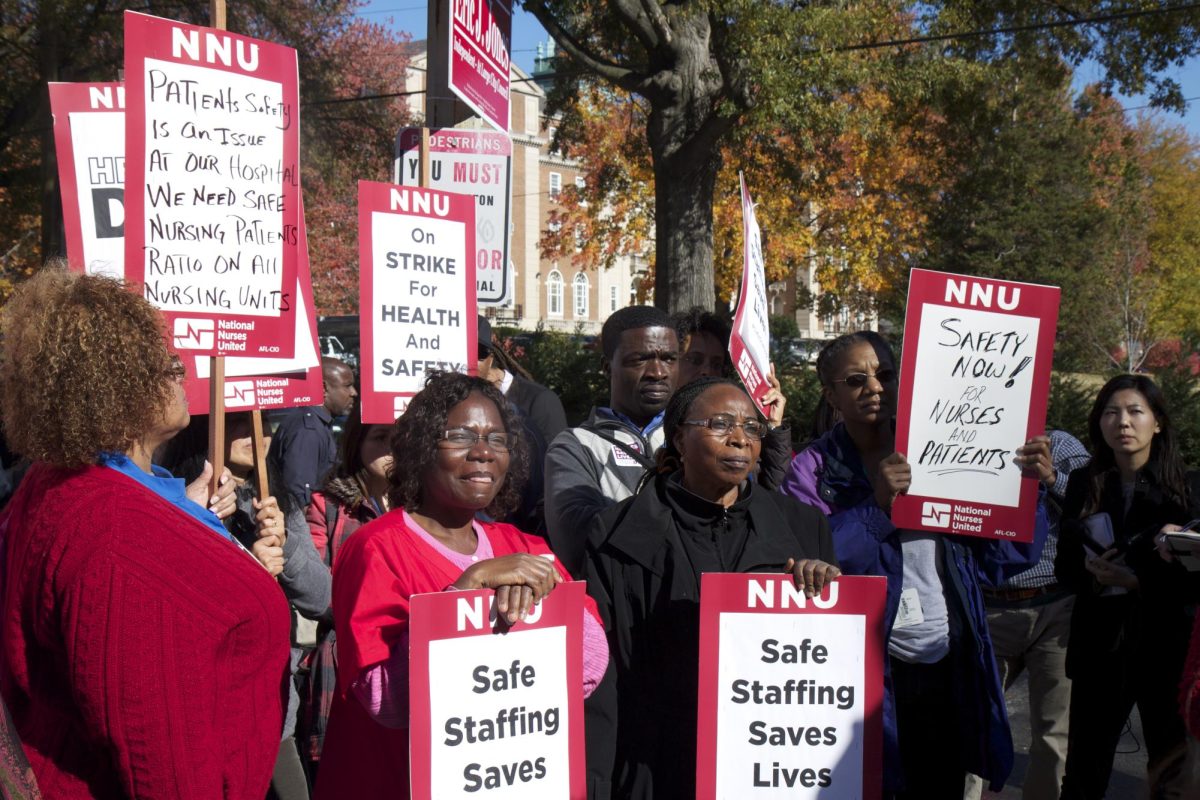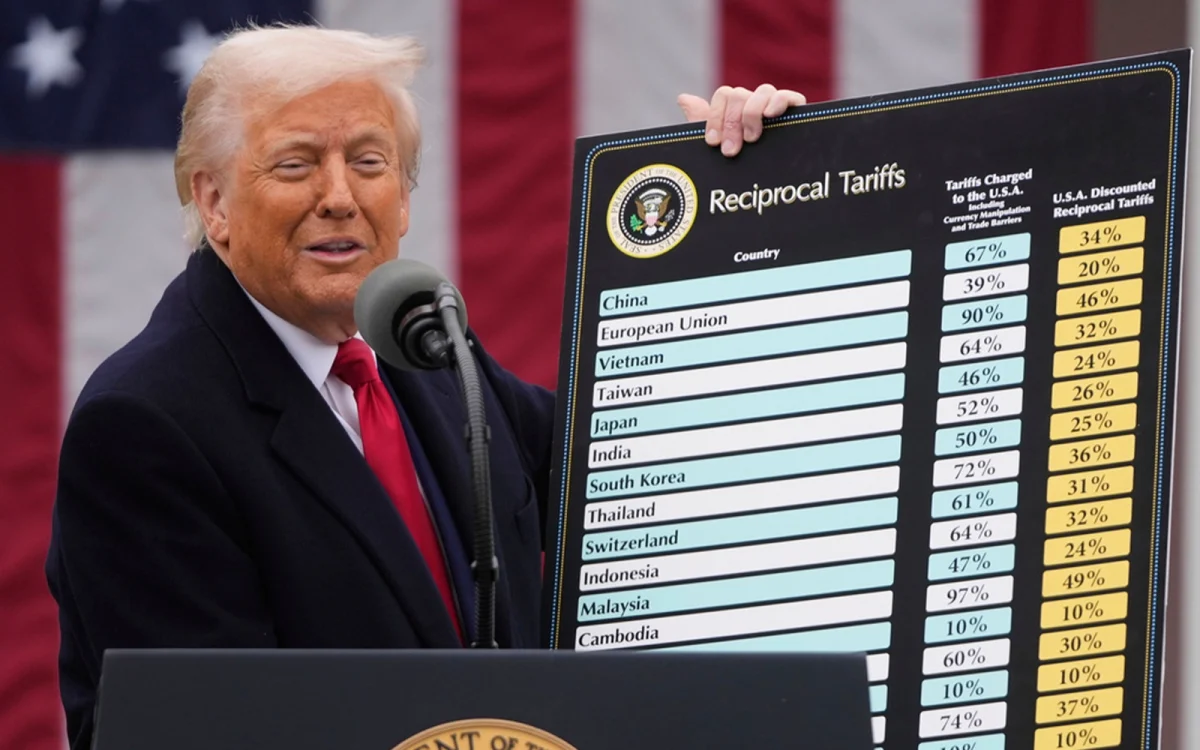On Wednesday, October 4th, 75,000 workers in California walked off their jobs at 9 am in the morning. Vocational nurses, X-ray technicians, surgical technicians, nursing assistants, pharmacy technicians, and respiratory therapists alike took collective action against Kaiser’s internal organization, refusing to even allow patients into the building. This was described as one of the biggest strikes by healthcare workers in United States history– and what makes the event even more “striking” is that 19,000 of those workers were from Bay Area Kaiser hospitals. Thousands of healthcare workers stood outside their workplace with posters bearing bold and compelling statements, all of which had the same message: Kaiser needs to make major systematic changes, both for their patients and their workers.
Although the protest occurring on October 4th was one of the biggest protests, the healthcare workers’ cause started around the time the pandemic peaked. Since healthcare workers were at the front-line for exposure to COVID-19 during 2020-2021, many staff members decided to prioritize their own well-being and leave their jobs for what they assumed would be a short period of time. Unfortunately, even after COVID cases began to decline, many of them did not return.
What did this mean for the healthcare workers who were left to tend to the havoc remaining in hospitals during and after the pandemic? They were stressed, tired, and forced to attend to jobs that they weren’t getting compensated for. According to Angela Balam, a housekeeper at Kaiser Permanante’s Los Angeles Medical Center, she earned around $19 an hour– forcing her to work for almost 16 hours a day in order to support her family sufficiently. These hours were nothing less than demanding, leaving her exhausted and drained after coming home to her young daughter. After a few months of stress and pressure, many workers were inclined to take serious action to improve their financial and familial situations.
Aside from impacting the quality of workers’ professional lives, the severe staff shortage also impacted patients. After all, if there weren’t workers attending to organizational services, nursing jobs, and patients’ basic necessities, their quality of care was bound to decrease. Many healthcare workers conveyed this need in their protest statements, exclaiming that they want to “put patients first,” but the severe staff shortage prevented them from paying sufficient attention to every patient.
Eventually, many healthcare workers turned to Service Employees International Union-United Healthcare Workers West (SEIU-UHW) to brainstorm a solution for their combined struggles. The organization primarily became active for Kaiser workers in California, Virginia, Colorado, Washington, and Washington D.C, creating a widespread impact across hospitals across the country. As a group, workers active in this organization called out demands they would like to see in the future: a 6% increase in their hourly wages in the next four years, as well as a mandated minimum wage of $25 for healthcare workers in California specifically. Although the first demand has not been addressed by other states, California workers’ request for an increase in minimum wage has been officially approved by Gavin Newsom in SB 525. This bill will be declared effective starting June 1, 2024, meaning that the current demanding hours of employees will likely be reduced to some extent.
As for Kaiser itself, the foundation’s representatives have released multiple announcements responding to SEIU-UHW’s demands and statements: “Wages and benefits make up about half the cost of healthcare in America…inflation has driven up expenses for healthcare providers…and demand for care has increased dramatically as people come in for care that has been delayed. Kaiser is not immune to these inflationary pressures.” As a whole, Kaiser recognizes that the workers need more support from the internal organization, but has not formally announced any modifications.
As for the fate of the struggling healthcare workers, many have not lost their original passion. In fact, union leaders have released a statement announcing that if Kaiser does not announce any permanent changes soon, a larger protest in November will not be unlikely. For now, it is unclear whether the internal organization will be making any changes, but more information about SEIU-UHW’s new statements as well as Kaiser’s responses can be found on Kaiser’s official website and SEIU’s official website.







